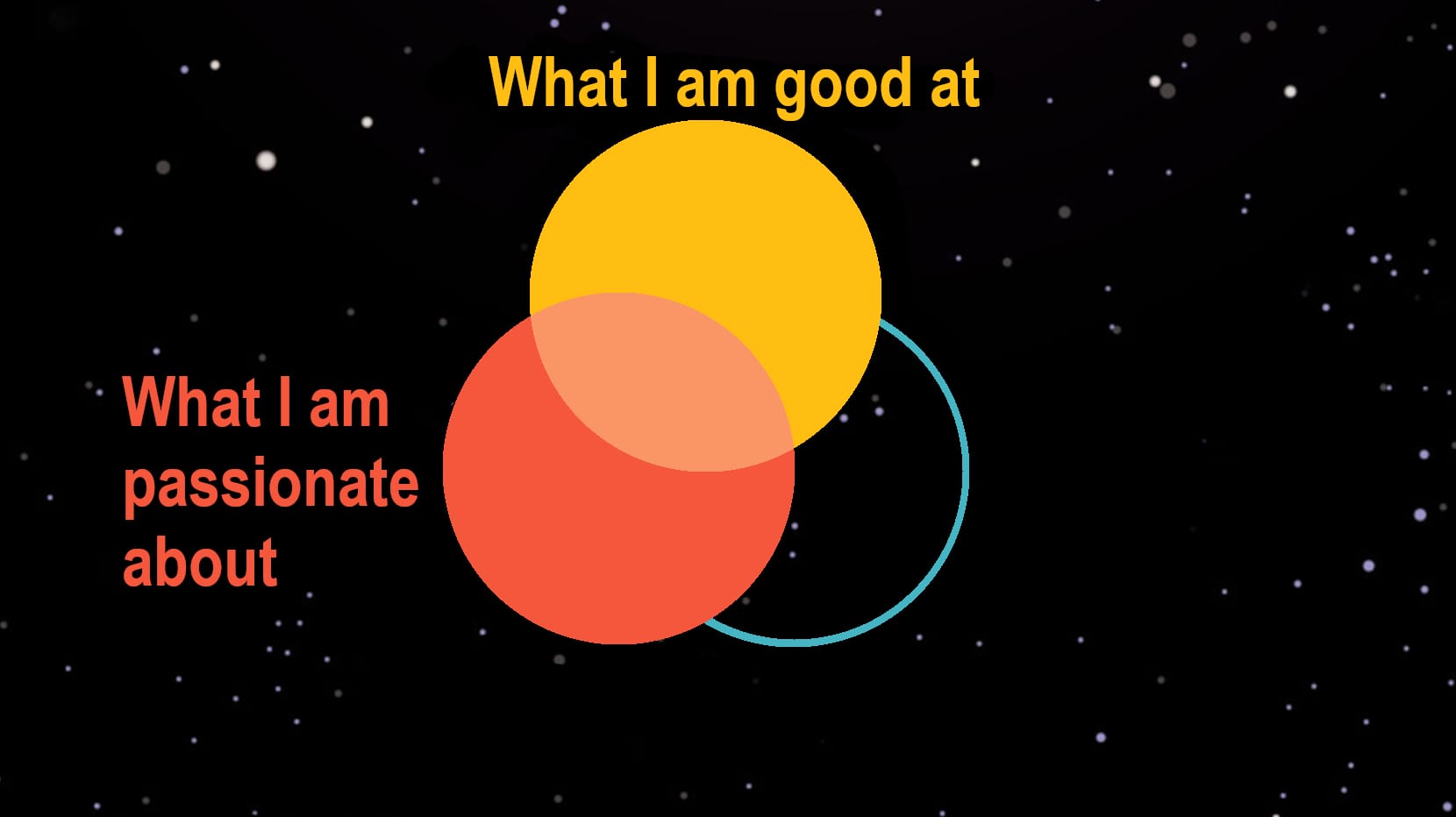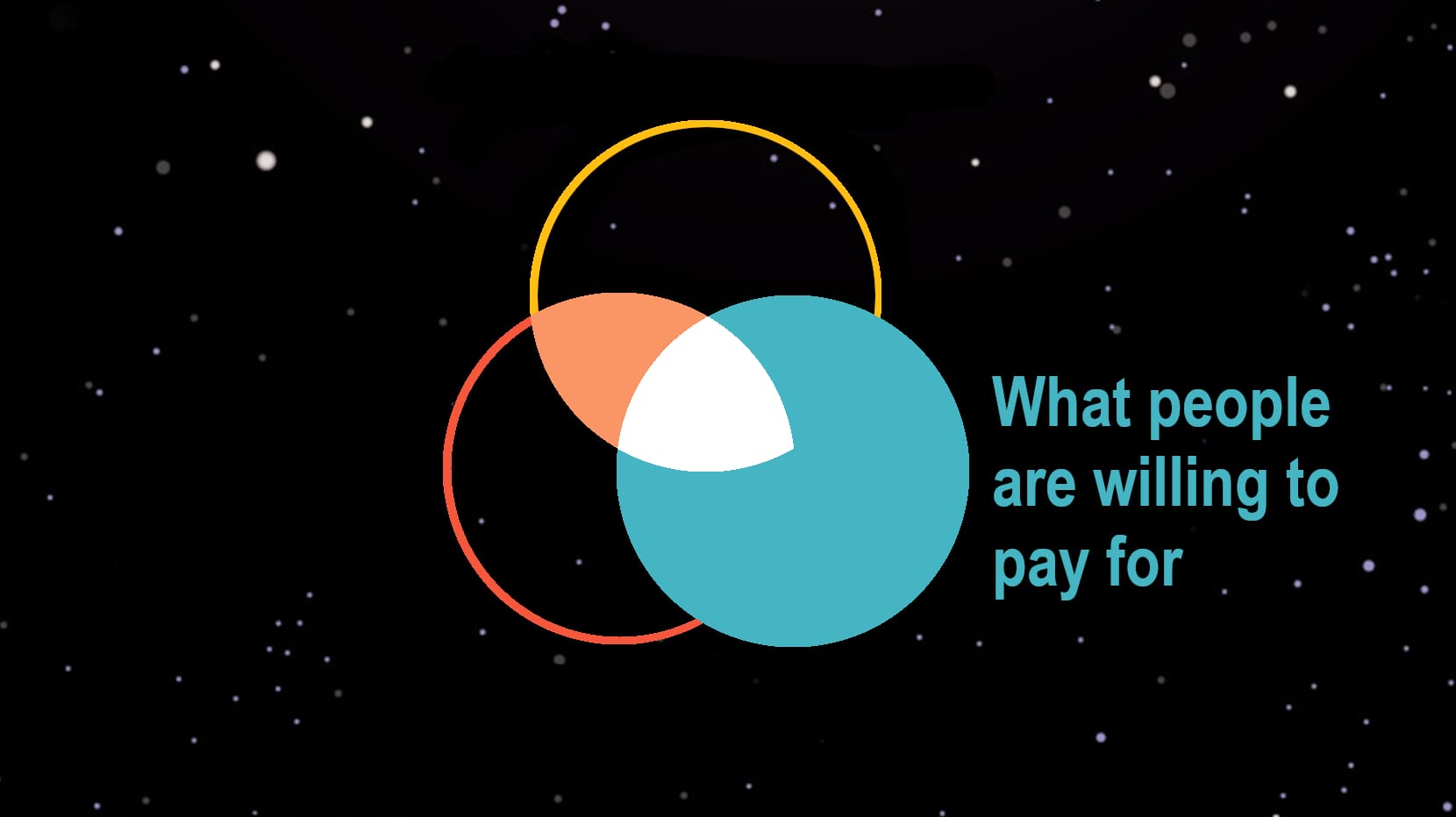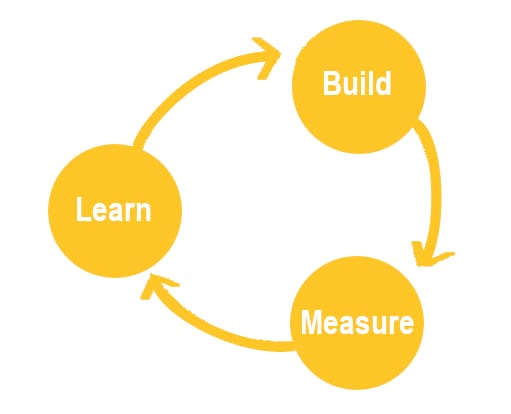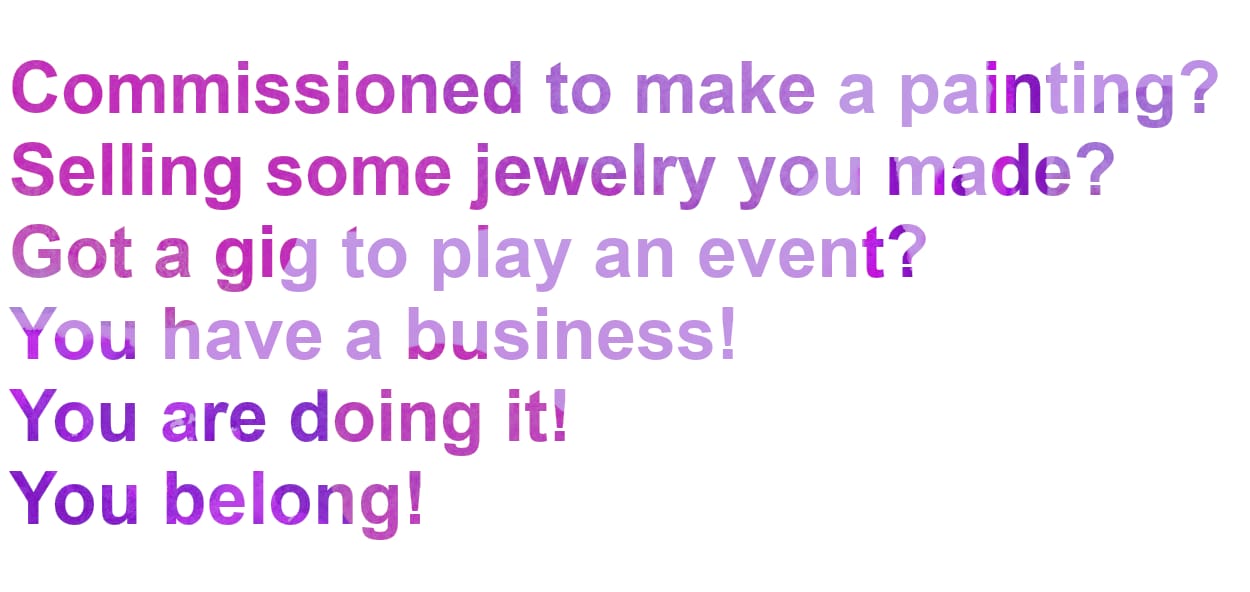Objectives
By the end of this post, you will be able to:
- Understand the importance of finding your “niche” and the steps to do so
- Find the intersection of what you are good at and what you are passionate about using Kathy Cano-Murillo’s “7 Ways to find your signature style as a working creative”
- Apply the Build, Measure and Learn stages to narrow in on which of your creative output people would be willing to pay for
- Hear local creatives discuss their own journey towards building and growing a business
Whether you like to call it a side-hustle or a true calling, the work you do as an artist, performer, musician or writer is a real business—and you are a business owner! In fact, you are an entrepreneur! Now, if those terms don’t fit the image you have of yourself, don’t feel pressured to start using them. The important thing to know is that if you want your creative passion to be a source of income and to flourish, there are some tips from the world of entrepreneurship that will really help (no spreadsheets, we promise).

The key to making your creative business thrive is to find your “niche,” the intersection of what you are good at, what you are passionate about and what people are willing to pay for. This niche is different for everyone because your own skills and passion are a vital component. Honestly and carefully considering each of the three areas will achieve the best result.
What would happen if these factors are out of balance?
- The Hobbyist (choosing content or subject you are passionate about and a medium—dance, music, painting etc.—that you are good at BUT no one is willing to pay for it): you may get fans but not any
- The Dream Killer (choosing a medium that you are good at and content that people are willing to buy BUT you are not passionate about it): you will earn income but it will be difficult to maintain a commitment to the work and may prevent you from wanting to do it at all (even for content you are passionate about).
- The Amateur (choosing content that you are passionate about and people are willing to buy BUT you are not good at): you might make occasional income from friends and family but your work won’t be good enough to attract consistent attention from anyone else.

The first step in finding your niche is to figure out what you are good at and what you are passionate about. For some, this is the easiest part. Some creative people naturally have an overwhelming drive that shapes their creative output of paintings, music, dance or poetry. Many others, however, struggle to find the intersection of these two categories—their own unique “voice, style, sound, expression or perspective.”
There is not a single “correct” way to discover this point of intersection but there are some tactics that can help with the process. We reached out to Kathy Cano-Murillo, the “Crafty Chica” who is a prolific local artist featured in the New York Times and Forbes, for some of her top tips. She shared some great practical advice from her blog post titled “7 Ways to find your signature style as a working creative.” For Kathy, the most important thing is to have a good understanding of oneself as a person and to infuse that uniqueness in everything with bold experimentation. Reflecting on the results and sharing with others can then begin to illuminate one’s unique intersection of passion and skill.
Check out the highlights of her different approaches below and see what works for you!

“Whatever it is that you decide to make or write – trust me – the magic will come from the personal energy and innovation you put into it.” – Kathy
- Be original: Push yourself beyond the easiest and most obvious. Rather than make or draw what everyone else is doing, strive to change the game and come up with something totally new.
- Experiment: Discover, observe and partake so you can originate. Take notes of what surprising aspects you liked the most and why.
- Know (and learn more about) yourself: Make a list of all the things that you adore and examine your living space and possessions. Then, write up a one-line mission statement of what you are all about. Don’t fret over it though! You can always change it down the road as the process develops.
- Tell your story in your work: This is probably the most important. Draw on your memories and life experiences to curate your ideas and processes.
- Research trends: If you see something that is already for sale in a retail store, chances are it is on its way out, an upgrade is coming soon. Put on your inventor X-ray specs and look through and beyond the obvious.
- Put your spin on it: Try to come up with an original take on something. Scour the universe to learn how everyone else has done it and then do it differently.
- Go back and experiment more: Take all your findings and pull them together. Inspect everything and search for a common thread. Spend time making samples. Share your ideas with a friend and see if they can help you.

Once you have found the intersection of what you are good at and passionate about, the final step is to zero in on what people are willing to pay for. This is likely to be the most difficult part of the process. Even famous creative people (like Vincent van Gogh who was only able to sell one of his paintings during his lifetime) can struggle enormously.
This is where some tips from the world of entrepreneurship come in handy! Rather than just create and wait, take a more strategic approach that focuses on incorporating customer feedback into the creative and sales processes as quickly as possible to ensure the best version of your work is available in the right places. The earlier this feedback can be integrated, the sooner adjustments can be made which will save both time and money.
 This approach can be summarized as three simple and recurring stages: Build, Measure and Learn. The process of getting feedback as quickly as possible actually starts in the Build stage by focusing on creating just enough work—a demo, sample, etc.—to begin offering it for sale. Bas Grasmayer, a musician and contributor to Music Industry Insights, provides a great example of this principle in his article “What artists can learn from startups”
This approach can be summarized as three simple and recurring stages: Build, Measure and Learn. The process of getting feedback as quickly as possible actually starts in the Build stage by focusing on creating just enough work—a demo, sample, etc.—to begin offering it for sale. Bas Grasmayer, a musician and contributor to Music Industry Insights, provides a great example of this principle in his article “What artists can learn from startups”
“Instead of recording an entire album and having it distributed to all music stores and streaming services at a price point of $10, the logical course of action is to release a single song to a DIY store like Bandcamp or CDBaby and see if people are actually willing to pay for that. If so, then you can release another track this way, see if you can repeat your success.”
The example highlights one of the most valuable types of feedback in the Measure stage which is whether or not real people are actually willing to pay for something. This metric does not, however, provide a lot of insight regarding how a product could be improved. Tools like surveys and focus groups are a great way to ask customers additional questions to gain further insights to improve one’s work.
Kathy Cano-Murillo, for example, has set up a special “Crafty Chica Group” on Facebook for superfans and other craft artists that she uses as a focus group to collect feedback on a new product before releasing it more widely. This allows her to create a single version of the product and then ask the group for feedback on colors/sizes/styles/price points/etc. It is much more efficient than producing a whole set of each style and simply waiting to see which one sells best.
The Learn stage is about evaluating the information gathered during the Measure stage and determining what changes need to be made to your creative work or the way you are selling it. Keep in mind that even a lack of sales can be valuable data. A piece may not have sold yet because it might not be for sale in the right place. Research alternatives and then try them.
Repeating the stages of Build, Measure and Learn creates the opportunity to efficiently and effectively experiment with ideas that get you closer to your niche. Some of your ideas will fail and that is 100% OK. Failing does not mean that you are “starting over!” You can take the information gathered from that attempt, learn from it and build a new experiment. Throughout this process, you will develop a wealth of insights and each experiment is another opportunity to build a better idea!
 For inspiration and more insights, watch the recording of the recent Creative Entrepreneurs event which spotlights local artists’ stories, showcases their work and creates an interactive discussion about the business they have built. Attendees learn about how these artists started their business as well as how they market and sell their work locally. The event includes an interactive discussion, trivia and an introduction to the Grand Project Shoppe: a retail and gathering place featuring work from local artists and hub for community events and trainings.
For inspiration and more insights, watch the recording of the recent Creative Entrepreneurs event which spotlights local artists’ stories, showcases their work and creates an interactive discussion about the business they have built. Attendees learn about how these artists started their business as well as how they market and sell their work locally. The event includes an interactive discussion, trivia and an introduction to the Grand Project Shoppe: a retail and gathering place featuring work from local artists and hub for community events and trainings.
Guest speakers include:
- Adam Brooks–author, educator and public speaker
- Erin Renee—graphic artist, apparel and decor designer
- Cate Hinkle and Chris Hamby—Managing and Artistic Directors of Theater Works
- Tracey Bentley and Stacy Martinez—Co-owners of the Grand Project Shoppe
Some of the great takeaways from the event include:
- Don’t just accept the way things are. Question them and look for gaps. Then, use empathy and listening as you experiment with how to fill those gaps
- Be authentic with your story and spend time figuring out how to tell it
- Have a sticky idea? Can’t get it out of your head? Share it, say it out loud and start exploring what it looks like to launch it
- Don’t be afraid to fail and trust your art!

Next Steps
Make your plan, test it, adapt and repeat! Stay connected with your community of fellow creative makers, doers and dreams to find support and share your journey! See future events at Entrepreneurship.ASU.edu/Peoria-Forward and reach out to us at [email protected].
Additional Links
Adam Brooks, Author, Educator and Public Speaker
- instagram.com/adam.lee.brooks
- adamleebrooks.com
Erin Renee, Graphic Artist, Apparel and Décor Designer
- instagram.com/buffalogalsco
- buffalogalsco.com
Cate Hinkle and Chris Hamby, Managing and Artistic Directors of Theater Works
- instagram.com/theaterworksaz
- theaterworks.org
Tracey Bentley and Stacy Martinez, Co-Owners of the Grand Project Shoppe
- instagram.com/thegrandprojectshoppe
- thegpshoppe.com



